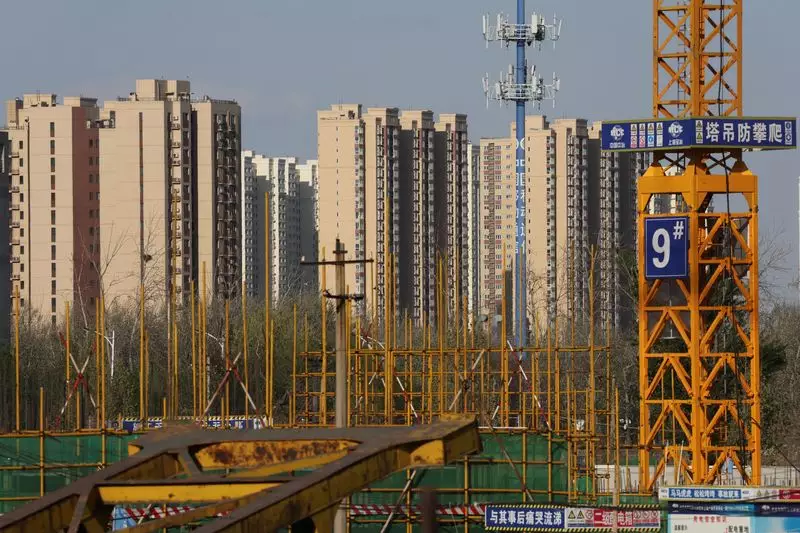Recent data emerging from China has highlighted a concerning trend within the nation’s property market, with new home prices experiencing their steepest decline in over nine years. As reported by the National Bureau of Statistics, August saw new home prices fall by 5.3% compared to the same month last year – a stark contrast to the 4.9% decline recorded in July. This consistent downward trajectory, marking four consecutive months of decline, with a monthly decrease of 0.7%, signals enduring struggles within the sector.
The continual decrease in real estate prices has surfaced amid efforts aimed at stimulating market recovery, which have largely proven ineffective. Despite government initiatives and policy adjustments, there is a palpable disconnect between the intended outcomes and the realities facing buyers and developers alike.
At the heart of these price declines lie a host of systemic issues. China’s property market is characterized by deeply indebted developers, many of whom are grappling with financial instability. The sight of unfinished apartments and a lack of buyer confidence has resulted in a significant decline in both property investment and home sales. This heightened caution among potential buyers is particularly troubling, as it threatens the government’s ambitious target of achieving 5% economic growth for the year.
Furthermore, the effects of the downturn are pervasive, as outlined in a Reuters poll predicting that home prices could face an 8.5% drop in 2024, followed by a further decline of 3.9% in 2025. Therefore, the long-term prospects of recovery within the property market remain elusive, with experts warning that the sector is in a slow process of bottoming out.
Government Interventions and Their Efficacy
Chinese policymakers have not remained idle in the wake of these alarming statistics. Efforts to mitigate the crisis have included reducing mortgage rates and lowering costs associated with home buying, intended to directly bolster demand within major urban centers. While some signs of renewed interest have emerged in these environments, the situation in smaller cities remains precarious. Many of these regions are plagued by high levels of unsold inventory, yet have fewer restrictions on home purchases, creating unique challenges for local governments.
Indeed, of the 70 cities evaluated, only two reported increases in home prices for both monthly and yearly terms in August. The stark reality of a few isolated successes amidst a backdrop of widespread declines underscores the persistent woes facing the property sector.
Analysts have speculated that in light of the worsening economic landscape, the Chinese government may soon need to take on the role of “builder of last resort.” This perspective, articulated by researchers at Nomura, reflects concerns that federal intervention may become necessary to inject capital into delayed residential projects that have already been pre-sold to buyers. Such a move could help alleviate some pressure from beleaguered developers, but it also exposes the government to significant financial risks.
Amid these speculations, indications suggest that further monetary easing could be on the horizon. Analysts anticipate potential cuts to interest rates on the approximately $5 trillion in outstanding mortgages, along with adjustments to the Loan Prime Rate and medium-term lending facilities. These measures are aimed at enhancing lending conditions in a bid to invigorate buyer sentiment.
China’s property market is navigating a critical juncture, characterized by a confluence of declining prices, rising debt levels, and cautious buyers. With predictions suggesting further declines in home prices and ongoing economic pressures, the road to recovery may be long and fraught with obstacles. While government interventions may offer a glimmer of hope, the ultimate success of these measures will depend on their capacity to restore both confidence and stability in a turbulent market. The careful balance of supply and demand, particularly across regions with differing economic landscapes, will be key as policymakers work to steer this pivotal sector back toward sustainable growth.

